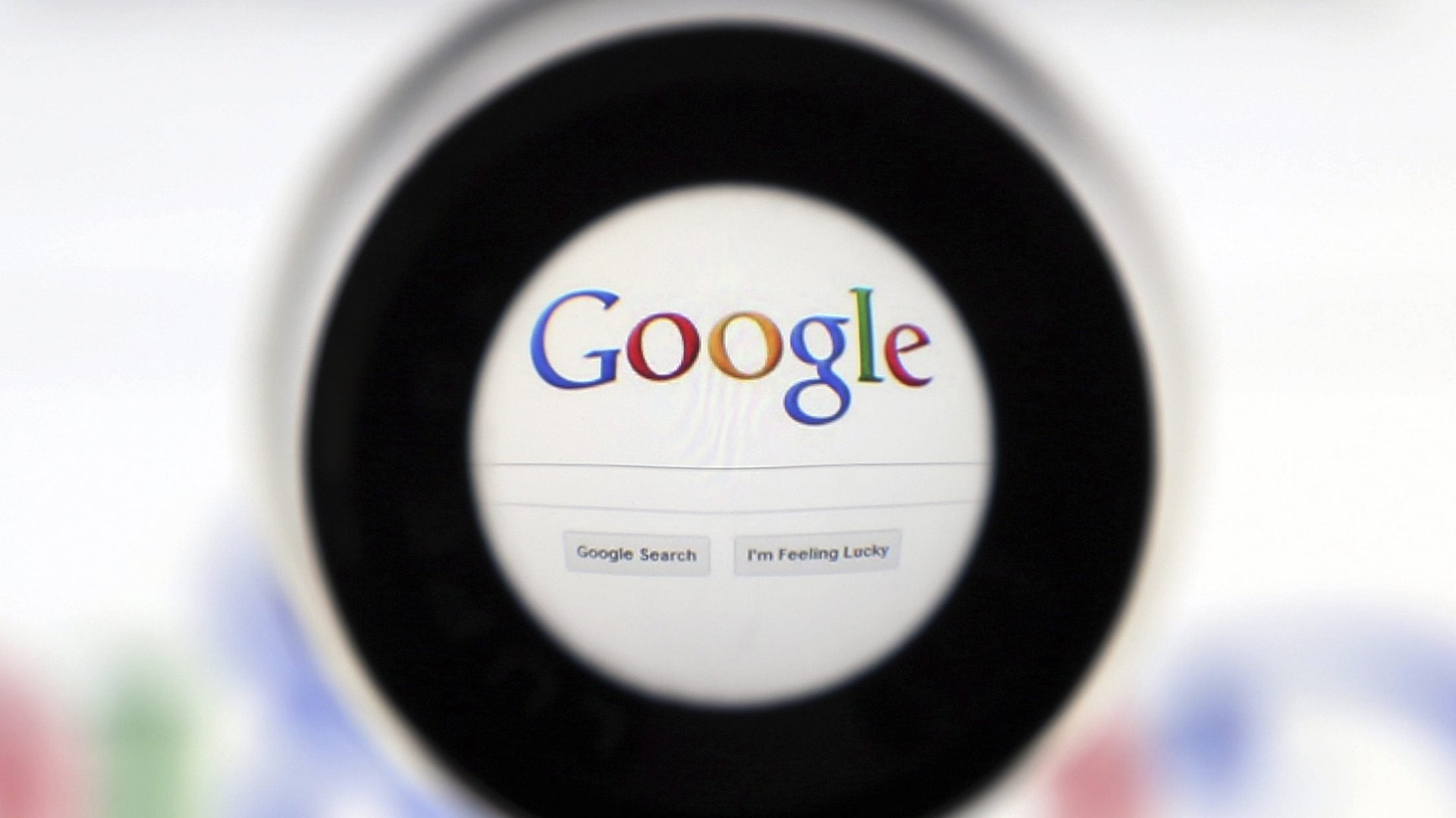What Google’s search trend data does—and doesn’t—tell us about the spread of Covid-19
Last week, Google made public its data on search trends related to Covid-19 symptoms. The dataset, collected from users’ search habits and anonymized to protect their privacy, is primarily made up of the volume of searches of “more than 400 symptoms, signs, and health conditions, such as cough, fever, and difficulty breathing,” according to the company’s blog post. It also includes the searchers’ country and region.


Last week, Google made public its data on search trends related to Covid-19 symptoms. The dataset, collected from users’ search habits and anonymized to protect their privacy, is primarily made up of the volume of searches of “more than 400 symptoms, signs, and health conditions, such as cough, fever, and difficulty breathing,” according to the company’s blog post. It also includes the searchers’ country and region.
This kind of data—which looks back every day and week over the last three years—could have several uses, according to the blog. One that may seem obvious: to connect searches for Covid-19 symptoms to an uptick in cases, even before an outbreak has been detected. Epidemiologists have been working to predict hotspots since the early days of the pandemic, and in theory, Google Trends could help build those predictions.
But basing those decisions on Google Trends alone brings some risks. Epidemiologically speaking, this dataset is most useful when it’s used alongside other information in a predictive model.
Past research suggests that Google Trends can be an effective way to track the spread of disease. Over the past decade, epidemiologists have connected users’ searches to incidences of food poisoning, to the rise of Lyme disease, and to the severity of a flu season. In fact, one May study found that increased internet searches (including those on Google) for terms related to Covid-19 symptoms correlated with an increase in Covid-19 cases.
But Google Trends doesn’t always match up to the real-world data. In 2013, a report from Nature pointed out that Google Trends anticipated a huge national spike in flu cases that simply never came to pass. Researchers told Nature that “widespread media coverage of this year’s severe US flu season, including the declaration of a public-health emergency by New York state last month” might have thrown the algorithm off, prompting “many flu-related searches by people who were not ill.”
If these factors truly were the cause, it’s hard to think that Covid-19 will be exempt from similar confounders. My own search history is a testament to the fact that every query about a symptom does not means a person is experiencing it. And some studies indicate that media coverage of a disease affect what people look up online. “It’s extremely difficult to look at a dataset like this and say, ‘I know what’s going on in the world,'” says Stephen Mooney, an assistant professor of epidemiology at the University of Washington.
This dataset alone can’t reveal the full truth about the spread of Covid-19, says Mooney. So Google Trends are best used as one dataset of several when predicting where the next outbreak might occur. “It’s a mistake to call it a complete failure when [epidemiological predictions based on Google Trends] didn’t work. It’s also a mistake to call it such a complete success that we should get rid of conventional tracking systems, because there are some trends the algorithm couldn’t pick up,” says Mooney. “Just because it’s imperfect doesn’t mean it’s not useful.”
Public health officials use predictive models to help them allocate resources. If a flu season is expected to be particularly severe in a certain area, it might get more vaccines, more hospital beds, and more resources to fight the outbreak. “Being prepared is good; being prepared and wrong has some cost,” Mooney says. “Anytime you’re…allocating resources to a place that doesn’t need them, you’re taking them away from a place that might need them.”
No one—not even Google—is suggesting that Google Trends is proven enough to replace existing epidemiological models. Instead, the fact that the data are now public means that researchers can continue to evaluate how it stacks up to the real world.
In terms of fighting Covid-19, Google Trends might be most useful to scientists figuring out the disease’s secondary health impacts. Since the virus is still relatively new, researchers are still figuring out the long-term impacts for those who have recovered from an infection (for example, a growing body of evidence suggests Covid-19 can have an impact on a patient’s heart). Search trend data might be a jumping off point for researchers to investigate other effects of the disease.